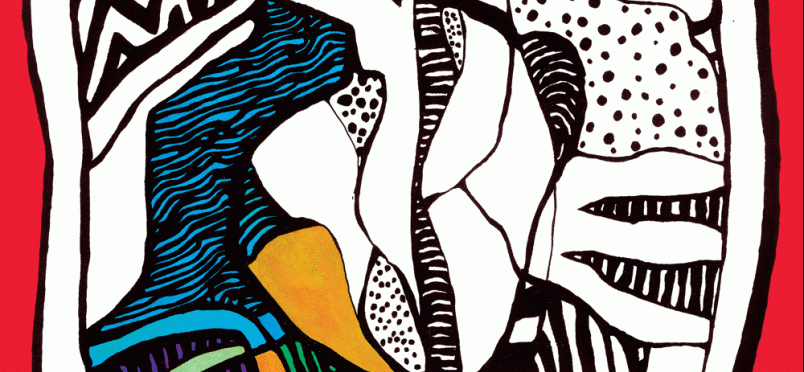| neuropathic pain
Baseline Pain and Outcomes: Neuropathic or Nociceptive

Why/How SCD Develops into Chronic Pain May Lead to New Treatment
Newswise — Identifying the type of pain an adult with sickle cell disease (SCD) experiences may be useful in improving treatment, according to a new study by researchers at Yale Cancer Center (YCC) and Smilow Cancer Hospital. The findings are to be presented Saturday, December 7, 2019 at the 61st American Society of Hematology (ASH) meeting in Orlando, Florida. The annual conference is attended by an international audience of more than 25,000 hematology professionals.
More than half of adults with SCD develop chronic pain, which is associated with higher levels of opioid use, worse clinical outcomes, and decreased quality of life. Previously, it was thought that their pain was only nociceptive pain, or pain caused by tissue damage or inflammation, but recent studies have found that people with SCD can also have neuropathic pain, or pain due to dysfunctional peripheral or central nerves.
The YCC study used validated patient reported outcome measures to distinguish types of pain in adults with SCD and found that of patients with SCD who reported worse than average pain impact in the past 7 days, 56% had neuropathic pain and 44% did not. This suggested to researchers that baseline pain in SCD is heterogenous and may be attributed to different pathologies, some to tissue damage or inflammation, and some to neurodysfunction.
Those with nociceptive pain only had more annual admissions and ED visits than either those with neuropathic and or those with less than average pain. While both pain groups had poorer ratings of stiffness, social and emotional disease impact, than those with less than average pain, those with neuropathic pain reported worse anxiety and worse sleep than those with less than average impact.
“The goal of these findings is to help guide future research attempting to better target therapy choices for SCD,” said Susanna Curtis, M.D., a postdoctoral fellow at YCC and first author on the study. “Now that we have multiple approved therapies for this disease, we need more information to better guide therapy selection.” Curtis added that showing that pain in sickle cell disease is heterogenous, and that different pain types are associated with different clinical outcomes, will help in this effort.
Read the press release on Newswise.
To access the article, click here.
Other Categories:
Did you enjoy this article?
Subscribe to the PAINWeek Newsletter
and get our latest articles and more direct to your inbox